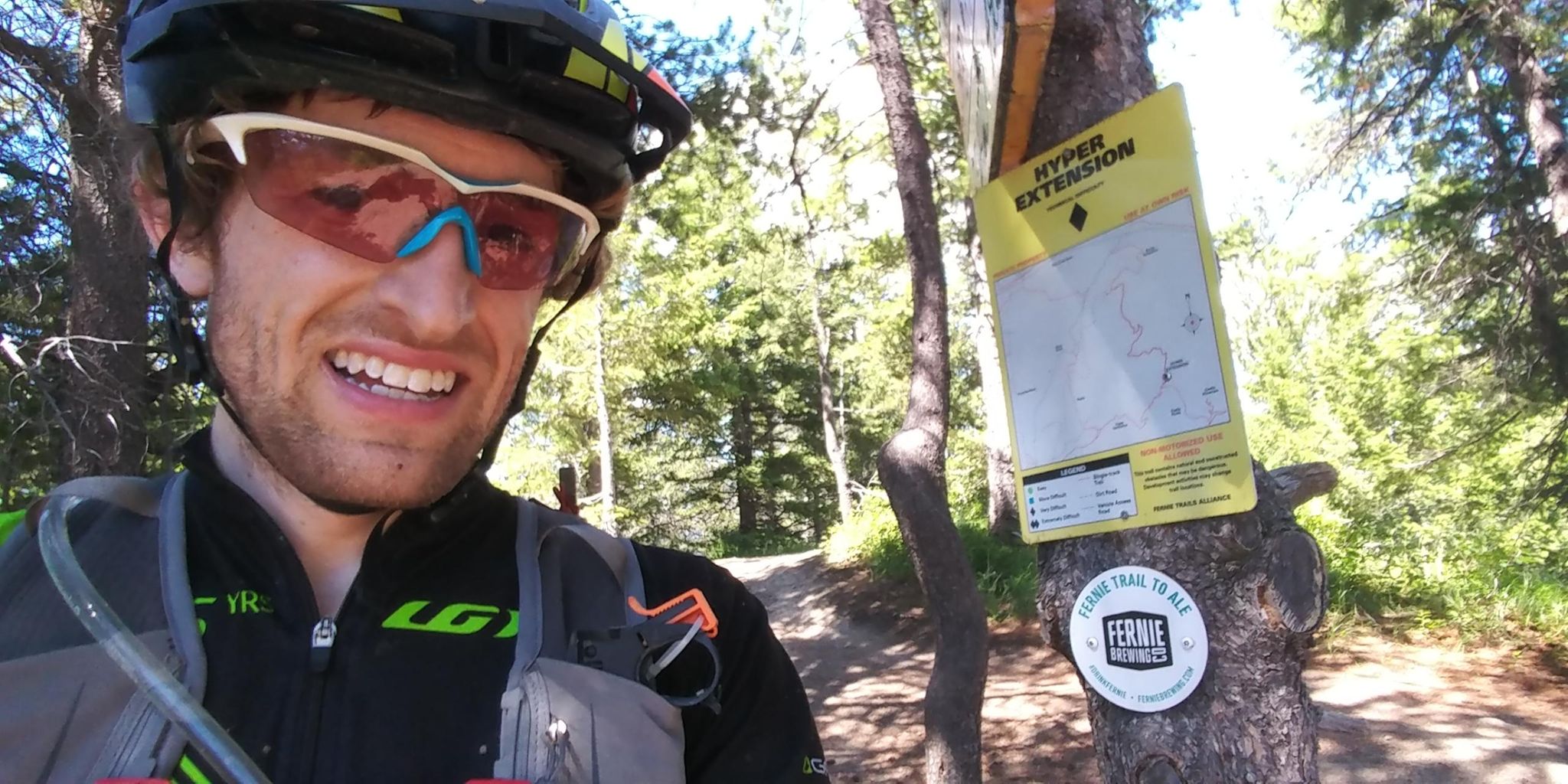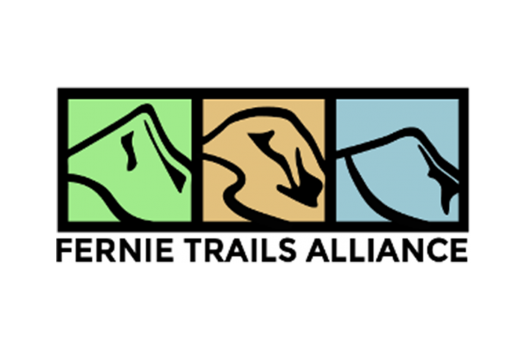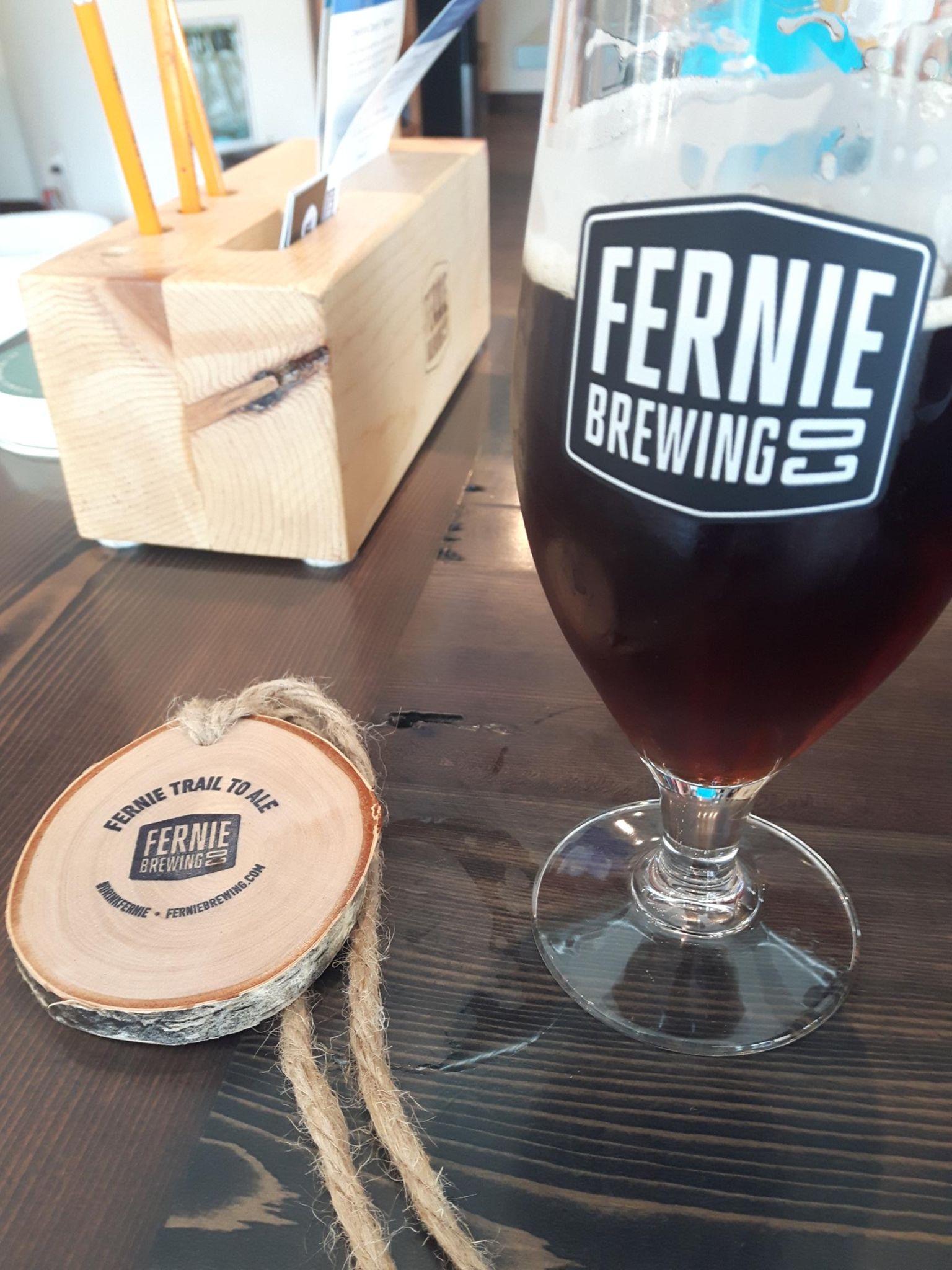There's no denying the siren call of easily accessible, machine built trails designed with bikes in mind. Never too steep on the way up, and take your pick of either fast and flowy or steep and technical on the way down with minimal meandering. Smooth where it needs to be, rough where you want it to be and well marked so you can make loops on the fly to extend your ride as your window allows. These new trails have allowed riders to pack more trail into a shorter amount of time and effort making the sport more accessible on more days. In most cases, riders can avoid rocks, roots, and steep climbs, staying on their bike instead of having to get off frequently to walk.
The trails that mountain bikers had previously inherited in as their trail systems in the early days are still there, although the conditions have deteriorated after floods, grazing cattle, use in muddy conditions, and neglect. Frequent creek crossings and mud bogs. Deep ruts. Sand. Big roots sticking out of the ground. Washouts. Overgrowth.
Mountain bike have improved quite a bit over the last while and while fragile bits like tires and rear derailleurs have gotten more expensive, it does seem sad to confine them to increasingly busy trails when we have 29" wheels, wider tires, slacker angles, and more suspension to easily roll over the rough stuff and explore beyond the confines of a trail system.
Which brings me to the Forgetmenot Rounder. It's a classic loop, described in both Mountain Bike! the Canadian Rockies by Ward Cameron and Backcountry Biking in the Canadian Rockies by Doug Eastcott of 45ish km.
An October ford of the Elbow River is barely shin deep, no need to let that deter you from exploring across the river. The first pitch of the Threepoint Mountain trail is intimidating, with big rocks and roots sticking out among loose sand. Not promising off the start, but after walking a bit, the trail snakes its way up a ridge through a spaced forest. I gun it for the top of the climb, focussed on putting the power down and riding as much as possible, but definitely taking notice of the Big Elbow river appearing below to let me know how far I have already climbed. The trail crests and descends slightly to a muddy creek crossing: a theme for the day, but they are either rideable or involve just a quick dismount and hop over the creek before continuing on the ride. Mud section pockmarked by cattle hooves, easy walk, no problem.
After a couple of crests and creek crossings, the trail emerges in a meadow with a wonderful view of Threepoint Mountain. I don't mind a dismount here or there, but the biggest annoyance at this part is striking my pedals in the deep rut, which either sends a jar that bounces me off my saddle or ejects my foot from my pedal and sending my ankle into my chainstay.
 |
| A great view of Threepoint Mountain from the meadow |
Both books warn of the trail deteriorating after Threepoint Creek, a junction marked with a signless post. But it was actually quite pleasant, just more of the same. Eventually we reach Volcano creek and it is time to start heading west. While the existing trail tread carries you past an unmarked junction, it might be worth turning right 1km sooner, heading another 1km south to Volcano Creek where it meets Gorge Creek at the aptly named gorge. But we long pass the unmarked junction and reach the marked junction for a snack break. The trail narrows at Volcano creek, the tree needles scrape our arms and grass occasionally obscures boulders that we bounce off of but we make it to the next junction.
From here, the traditional Forgetmenot Rounder would climb up to the top of the bank of Volcano creek and start heading north. But being so close to the Sheep River trail system where I have never been before, I had schemed a 10km extension that would allow me to see Volcano ridge and also the "new" (ca 2008) Volcano Link trail, ironically riding about 30km away from the road to ride a machine built trail. At the junction, Volcano ridge trail is indistinct, forcing you into Volcano creek before appearing on the opposite bank. We make mental note not to carry too much speed into the unsigned barbed-wire fence but the baby head sized rocks will prevent us from coming in with too much speed. The trail is never too steep but follows an arrow-straight cutline up to a pass, with the intersection of Volcano Link coming from the east. Turning east, another cutline brings us down and then up to another bump, where we emerged in a meadow and a nice spot for a lunch break.
 |
| South Volcano Ridge. A nice lunch spot |
After lunch, we start descending to the east, passing a marked junction with an obvious singletrack, but one that seemed too narrow to be a machine build and instead continue straight. The trail, still following a cutline, although one that turns at diagonals drops down steeply, loosely, and with some encroaching alders. It definitely met the description of the old trail. Eventually we hit the valley bottom and roll on the Link trail towards an old, closed parking lot just off the abandoned Gorge Creek road. I intend on racing up the new Volcano Link trail, but first I have to actually find it! I know the junction is a couple hundred meters south of the old trail we descended. Racing back up the Link Creek trail, past the old trail junction, I keep my eyes focused to my right looking for a machine built trail to climb up. I spot the machine built trail at a 5:00 direction but the junction is signed. I hammer up the trail, while being of a more modern build, it is definitely steep. The trail wound its way up the slope but a treed ridge loomed discouragingly high above. Eventually it got closer and the trail emerged at the junction as the singletrack that we had previously ridden by.
The backtrack to Volcano Creek was quick for the Volcano Ridge trail is in good shape, dry and with waterbars to experience some negative g's. The previously mentioned babyheads kept our speed in check so we wouldn't rip through the barbed wire gate. Back on Volcano Creek, the suffering continued from earlier in the day, but instead of being narrow, it involved multiple steep, punchy hills with loose rocks out of creek crossings, requiring more effort than the elevation profile would suggest.
At Threepoint creek, the trail descends into the creek facing upstream. We are unsure of trusting the accuracy of the GPS track through here but eventually deduce that we have to pick up the track heading upstream, cross Threepoint further upstream, before a big climb out to the top of the bank on the north side. Here we spotted some wild horses, who appeared quite jumpy.
Threepoint trail was an improvement from Volcano Creek, although passing through a clearcut. The anticipation for the gorge was building and eventually the trail started to roll along it's edge, I wanted to snap a picture but we were cruising too fast to stop, but eventually, right at the intersection with Wildhorse Trail, we had a chance.
 |
| Threepoint Gorge |
On to the final section of the day. I had heard that Wildhorse trail was tricky to find, but coming from the gorge, the junction with Quirk trail was defined, in fact turning left onto Wildhorse seemed obvious. The only remaining navigational SNAFU occurred just after the Quirk Creek shortcut comes in. We took the marked left turn, continued through some wet and muddy terrain for a bit before reaching an opening meadow. Instead of trending right through the meadow, we got suckered into a reclaimed logging road trending straight/left. GPS confirmed our mistake and soon we were back on track, finishing the climb up Wildhorse with a couple of creek crossings.
The trail still stayed doubletrack and as I had heard great hype about this trail, including being rough on the descent from erosion, I was wondering when it would become more rugged. As it crested over the final hill and turned down, it never narrowed, and with braids detouring around a big washout rut, it was a pleasant pine needle cruise down to the Elbow River. We were running low on time and decided against continuing on Wildhorse to the Big Elbow crossing and instead made another ankle deep ford of the Elbow and rode across the wide gravel flats, setting course for the Cobble Flats access road way off in the distance. The final cruise on Hwy 66 capped off this great ride.
Overall, a great ride if you don't mind hopping across a bunch of creek crossings and know how to use Trailforks and intuition for navigation, most of it enjoyable save for sections of Threepoint Mountain and Volcano Creek trails.























